High engine compression can lead to various issues for your vehicle, such as poor fuel efficiency, poor engine performance, and even engine damage if left unattended. If you would like to fix high engine compression on your engine, keep reading. We researched this topic and have information to share.
You can lower your high engine compression by doing the following:
- Installing thicker head gaskets
- Lowering compression pistons
- Carrying out headwork
- Using decompression plates
- Reducing strokes with shorter rods
Read on for a more detailed explanation of how to fix high engine compression. We'll also answer frequently asked questions about engine compression.
How Do You Fix High Engine Compression?
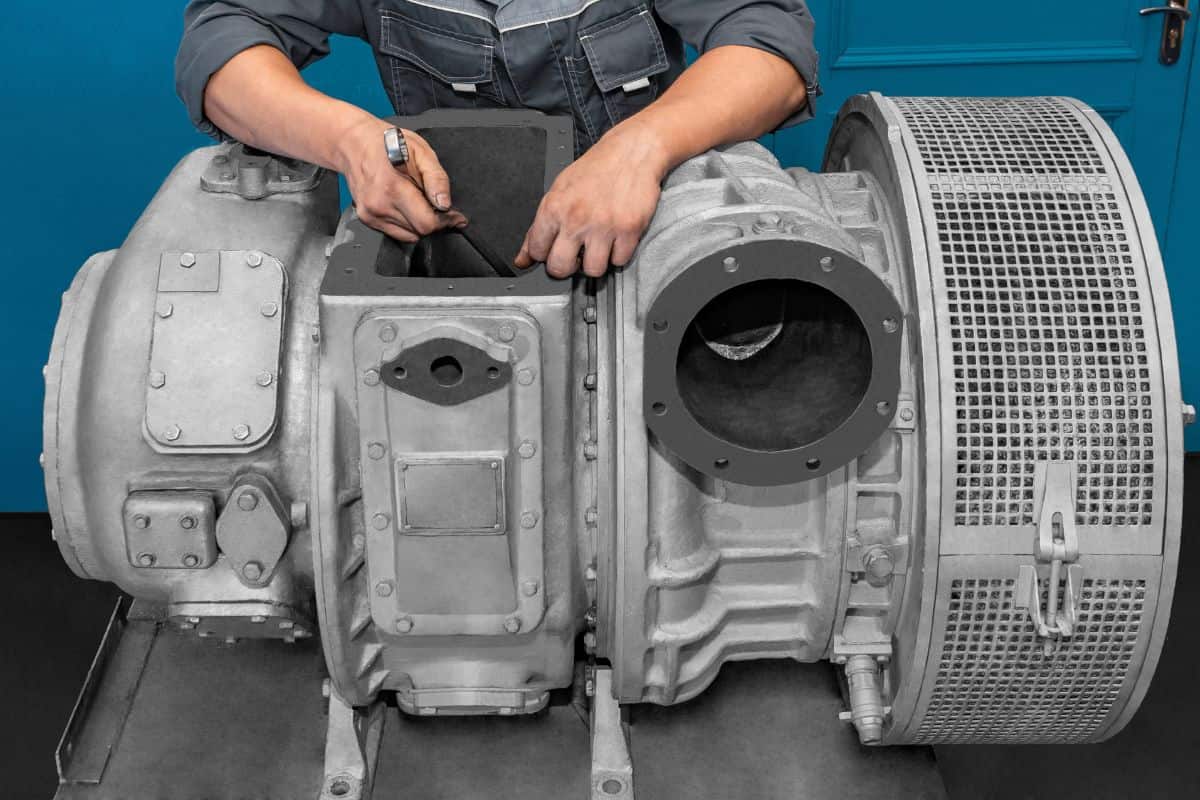
Engine compression refers to the amount of pressure that is built up in the combustion chamber of an internal combustion engine during the compression stroke of the four-stroke cycle.
The compression ratio of an engine is a measure of how much the volume of the combustion chamber is reduced during this process.
A high compression ratio means that the volume of the combustion chamber is greatly reduced, resulting in a higher pressure during the combustion stroke.
Engines with high compression ratios can extract more energy from the fuel they use, resulting in higher power output and better fuel efficiency.
However, high compression ratios also increase the chances of engine knock, a knocking or pinging sound caused by the fuel igniting prematurely. To fix high engine compression, you can use one of the following methods:
Install Thicker Head Gaskets
One way to lower the compression ratio of an engine is to install thicker head gaskets.
The head gasket can be found between the cylinder head and the engine block, and its main function is to seal the combustion chamber and prevent coolant and oil from leaking into the cylinders.
By installing a thicker head gasket, you can effectively increase the distance between the cylinder head and the block, increasing the combustion chamber's volume and lowering the engine's compression ratio.
Lower Compression Pistons
Lowering the engine compression ratio can be accomplished by installing low-compression pistons in your engine.
The compression ratio of an internal combustion engine is the ratio of the volume of the combustion chamber when the piston is at the bottom of its stroke to the volume of the combustion chamber when the piston is at the top of its stroke.
When you install low-compression pistons, the volume of the combustion chamber will be increased, effectively lowering the engine's compression ratio.
Carry Out Headwork
Headwork involves machining the cylinder head to increase the volume of the combustion chamber. You can do this by following these steps:
- Remove the engine from the vehicle. You'll need to remove the cylinder head when the engine is out of the car.
- Send the cylinder head to a machine shop for milling work.
- The amount of material to be removed will depend on the desired compression ratio and the engine's characteristics.
- Once the milling work is done, the cylinder head will be cleaned. The valves, guides, and seats will be checked and reconditioned if needed.
- Reassemble the engine in the reverse order that you disassembled it.
Use Decompression Plates
These special devices are installed in the cylinder head and are designed to release some of the compression pressure from the cylinder before the piston reaches the top dead center during the compression stroke.
This can be helpful in engines with high compression ratios that are difficult to start, especially in cold weather.
Reducing Strokes With Shorter Rods
Another way to lower the compression ratio of an engine is to reduce the engine's stroke by installing shorter connecting rods. The stroke of an engine is the distance the piston travels from the top dead center (TDC) to the bottom dead center (BDC) during the engine's power stroke.
By installing shorter connecting rods, the volume of the combustion chamber will be reduced, which will lower the engine's compression ratio.
What Is Normal Engine Compression?
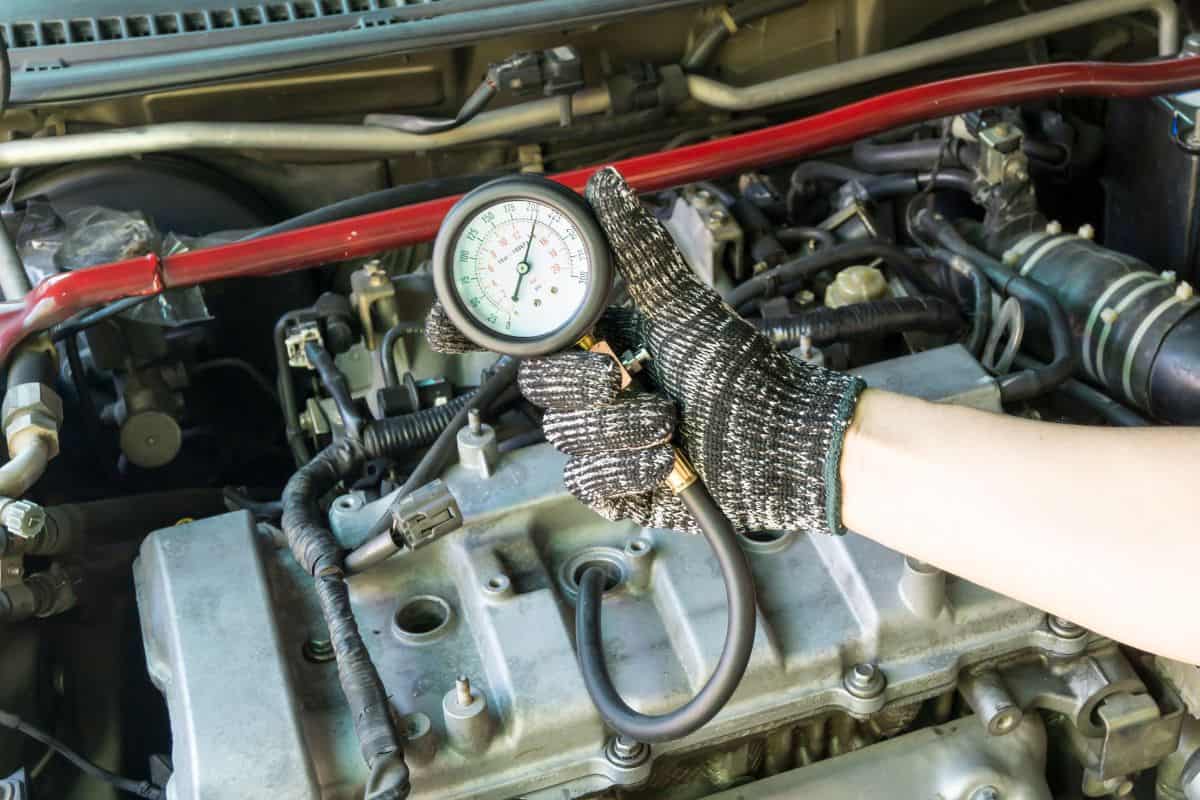
A "normal" compression reading for an engine will vary depending on the make and model of the vehicle, as well as the engine's condition.
However, a healthy engine should generally have compression readings within 10% of each other for all cylinders. For example, if one cylinder has a compression reading of 150 PSI, the readings for the other cylinders should be between 135 and 165 PSI.
If the compression readings are significantly different across the cylinders, it can indicate a problem with the engine.
Does High Compression Mean More Power?
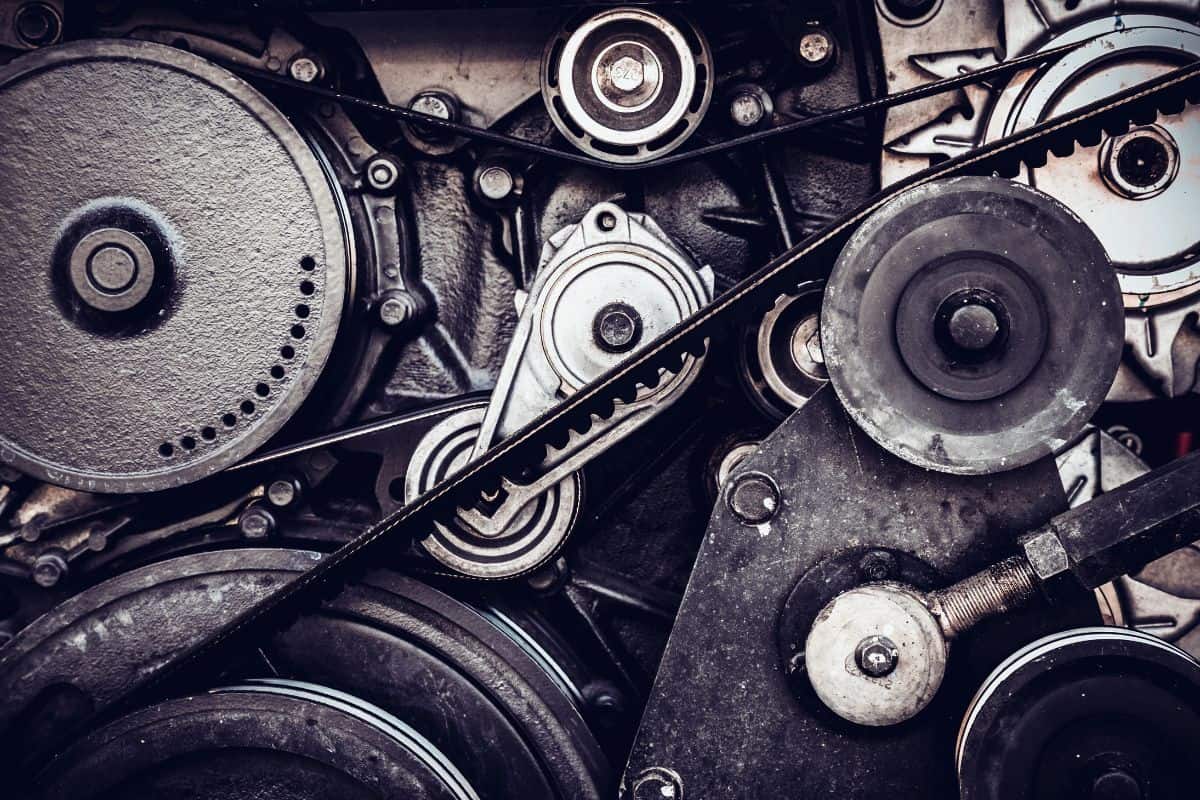
In general, a higher compression ratio in an internal combustion engine can lead to increased power output.
When the compression ratio is increased, the air and fuel mixture in the combustion chamber is compressed to a greater degree, which can lead to a more complete and efficient burn of the mixture. This, in turn, can lead to increased power output.
Will High Compression Cause A Misfire?
High compression in an internal combustion engine can cause a misfire if the engine is not designed to handle the increased compression or if the engine is not properly tuned.
High compression increases the likelihood of engine knock. Engine knock can cause damage to the pistons and cylinder walls and can also cause a misfire.
Additionally, if the engine is not properly tuned and the correct fuel is not used, it may not be able to burn the fuel effectively, which can lead to a misfire.
Also, other issues like an inadequate air supply, problems with the ignition system, poor maintenance, and worn engine parts can all lead to a misfire.
Can Spark Plugs Affect Compression?
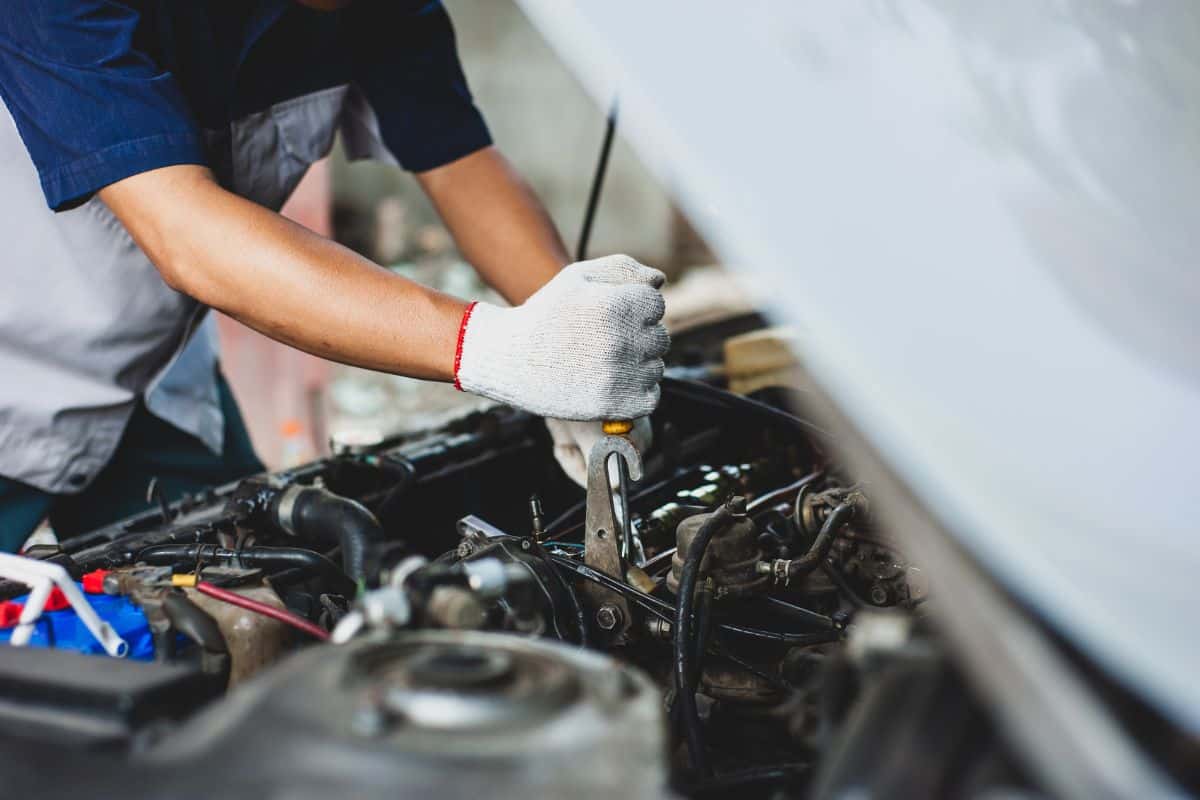
Spark plugs are an essential component of an internal combustion engine, as they provide the spark that ignites the fuel-air mixture in the cylinders. If the spark plugs malfunction or wear out, it can affect the compression of the engine in several ways.
One way faulty spark plugs can affect compression is by preventing the fuel-air mixture in the cylinder from being ignited.
This can lead to incomplete combustion, which can cause a drop in compression and result in a loss of power and fuel efficiency.
Additionally, if the spark plugs are not providing a strong enough spark, the fuel-air mixture may not burn as efficiently, which can also result in a loss of compression and power.
Another way that spark plugs can affect compression is by allowing too much fuel to enter the cylinder, which can cause a buildup of carbon and other deposits on the pistons and cylinders.
This can increase the amount of clearance between the pistons and the cylinders, which can also lead to a drop in compression.
Which Octane Is Better In a High-Compression Engine?
The octane rating of gasoline measures its ability to resist "knocking" during combustion caused by the air/fuel mixture going off prematurely in the engine. The octane rating is a standard test measure that compares a fuel's performance to that of a reference fuel.
High-compression engines generally require gasoline with a higher octane rating to prevent knocking, while lower-compression engines can use gasoline with a lower octane rating.
Using gasoline with a higher octane rating can benefit high-compression engines. High-octane gasoline is less likely to detonate prematurely, which can help to prevent engine damage and improve engine efficiency.
Additionally, high-octane gasoline typically has a higher energy content, which can help to improve performance and fuel economy.
It is generally recommended to use gasoline with an octane rating that is at least as high as the compression ratio of your engine. So, it would be better to use fuel with RON 91 or higher for a high-compression engine.
How Much Does It Cost to Fix Compression?
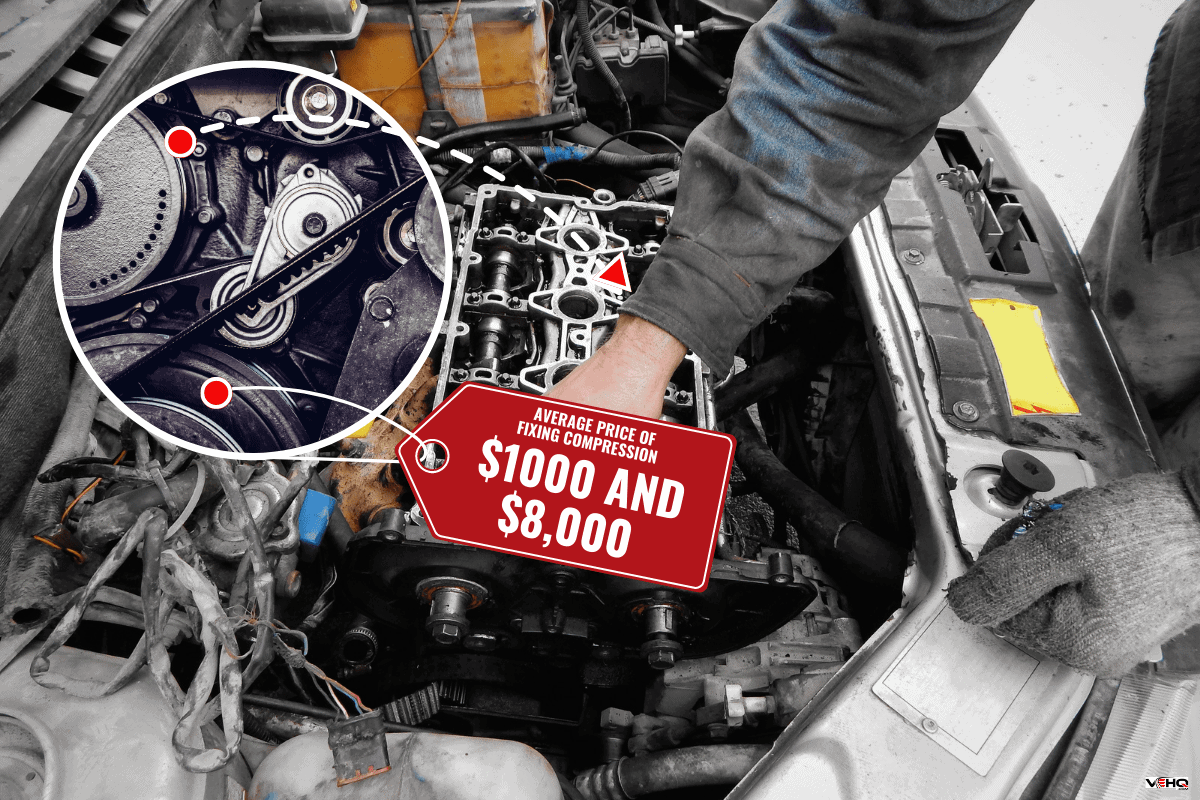
The cost of fixing compression issues in an engine can vary widely depending on the problem's specific cause and the vehicle's make and model.
In some cases, the cost may be relatively low and involve replacing a simple part, such as spark plugs or a valve.
In other cases, the cost may be much higher and involve extensive repairs or even a complete engine replacement.
The average price of fixing compression is between $1000 and $8,000, with an additional $100 to $200 for a compression test.
To Sum Up
Having the correct engine compression is important for maintaining the engine's performance, efficiency, emissions, and longevity.
If you suspect that your engine's compression may be too high or too low, it is important to get it checked by a professional. You can reduce high engine compression by using one or more of the methods covered in this post.
If you found this article helpful, check out these related posts:
